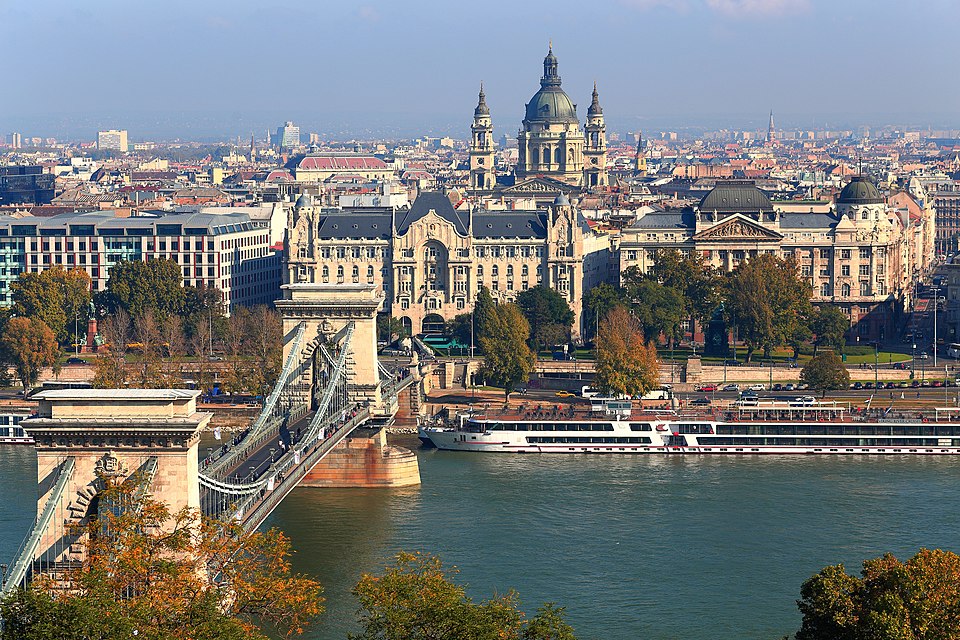

Curated experiences in Budapest
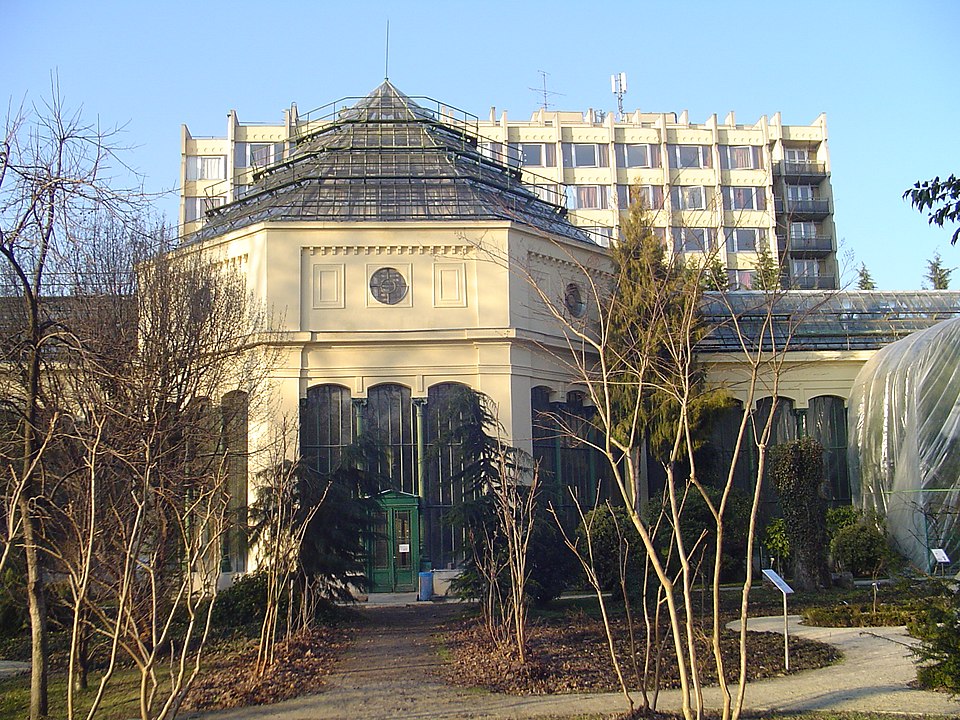
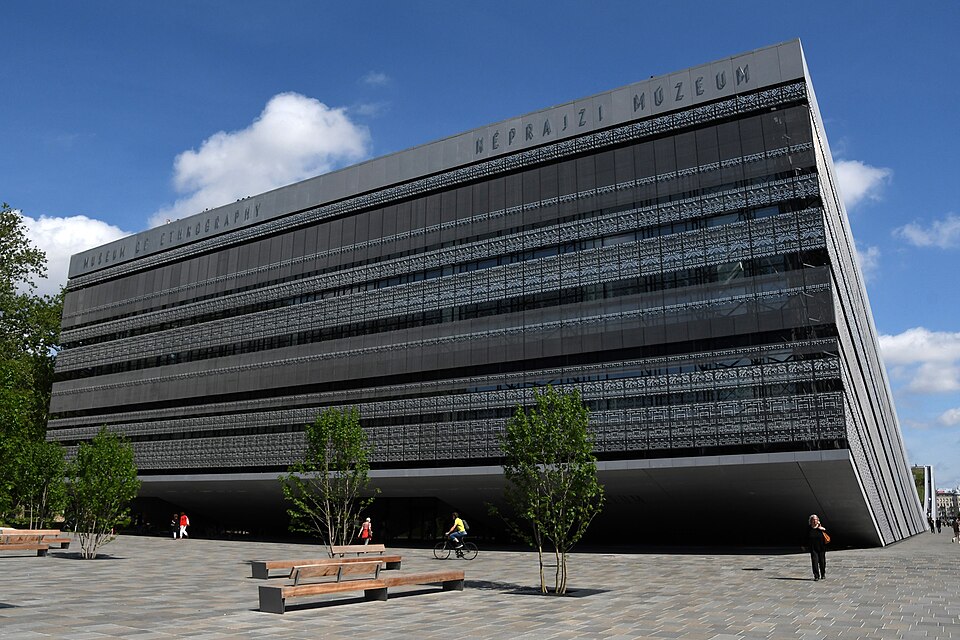
The Museum of Ethnography (Hungarian: Néprajzi Múzeum, pronounced [ˈneːprɒjzi ˈmuːzɛum]) is a national museum in Budapest, Hungary.
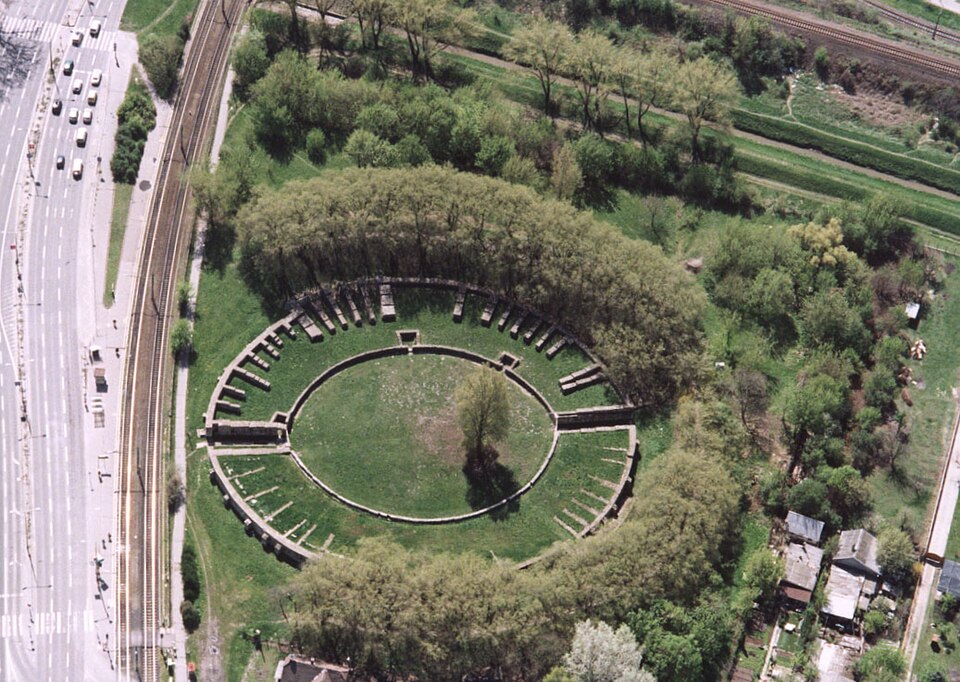
Aquincum Civil Amphitheatre is an ancient structure in Budapest, Hungary, the lesser of two located in Obuda. The other is …
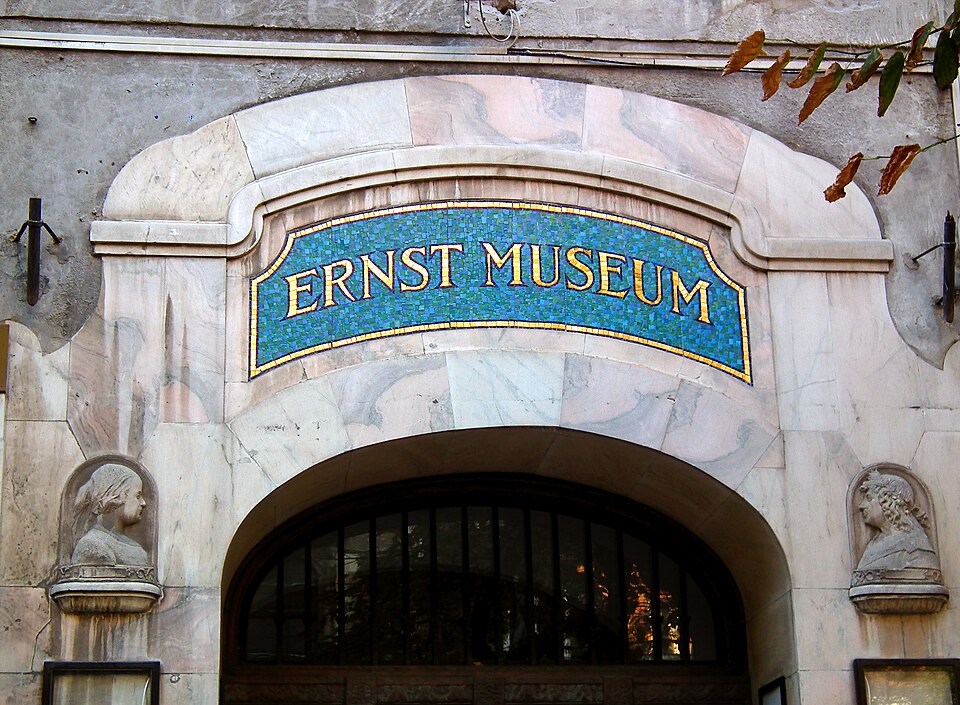
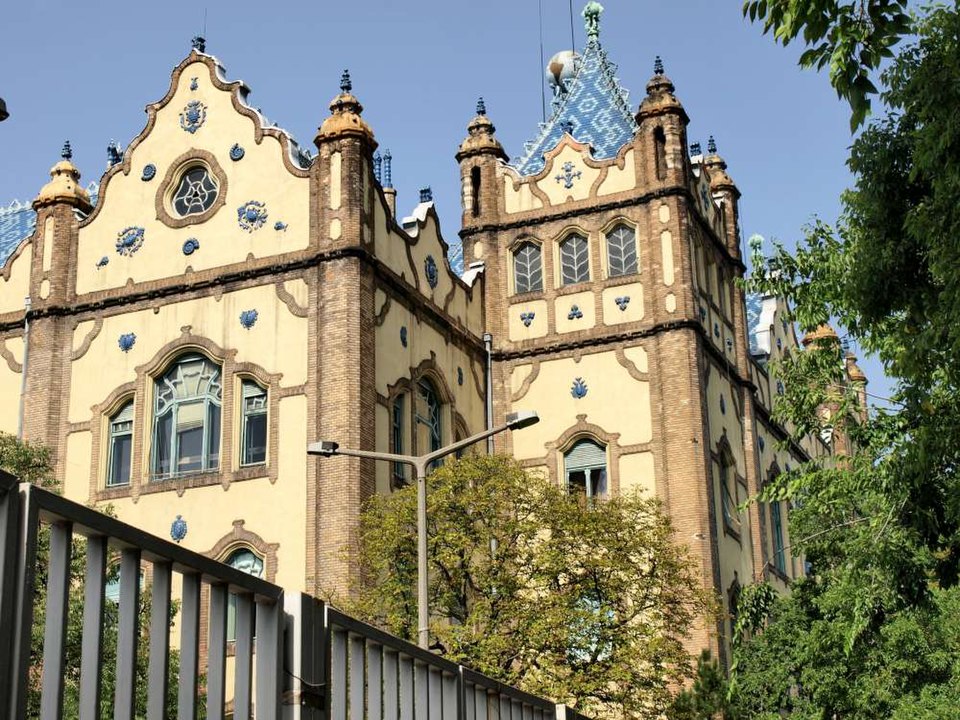
The Geological Museum of Budapest, also known as the Hungarian Institute of Geology and Geophysics, is the principal geological museum …

The Rác Thermal Bath, located in Budapest, Hungary, is an 8000-square metre bath and is renowned for its Turkish bath …

The Magyar Vasúttörténeti Park ("Hungarian Railway History Park") is a railway museum located in Budapest, Hungary at a railway station …
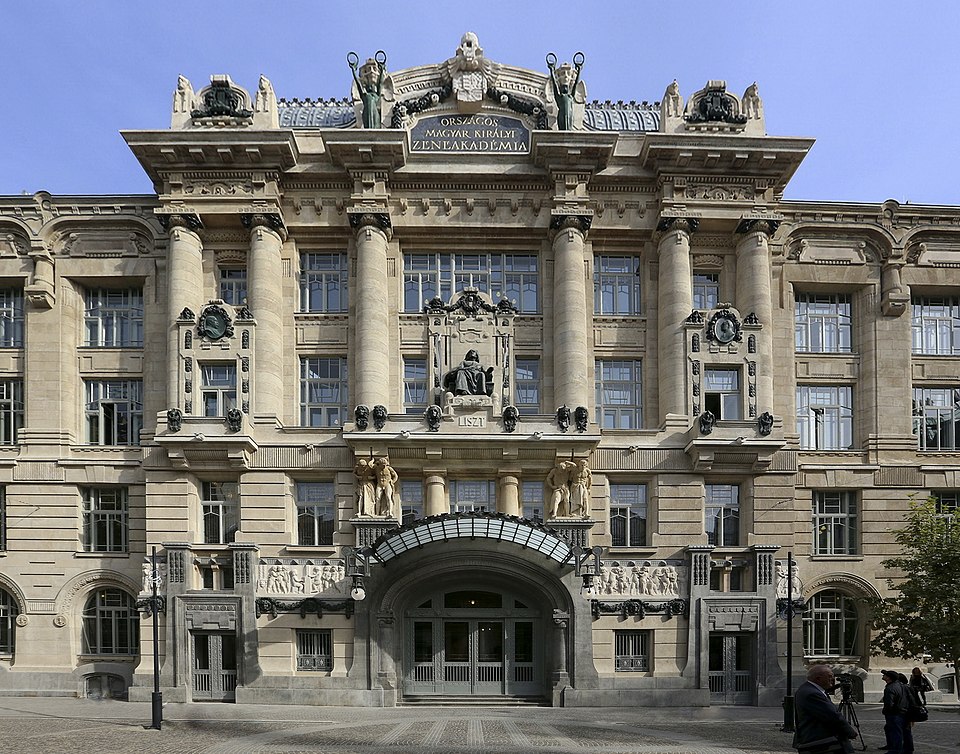
The Franz Liszt Academy of Music (Hungarian: Liszt Ferenc Zeneművészeti Egyetem, often abbreviated as Zeneakadémia, "Liszt Academy") is a music …
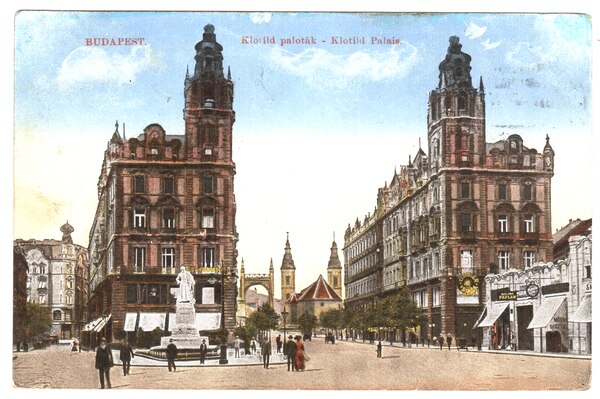

The Gresham Palace (Gresham-palota) is a landmark building in Budapest, Hungary, renowned for its Art Nouveau architecture. Completed in 1906 …
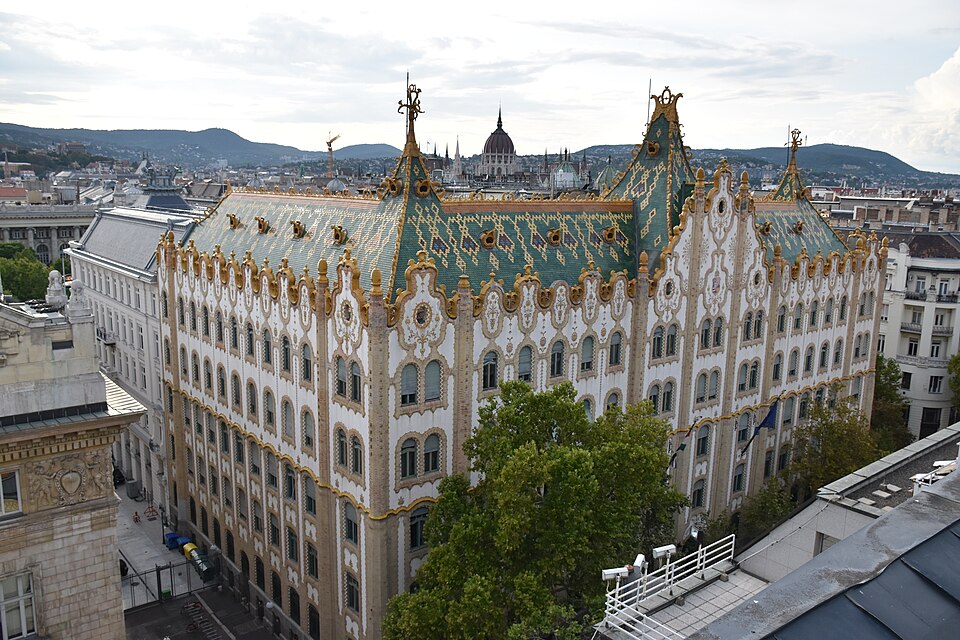

The Hungarian National Bank (Hungarian: Magyar Nemzeti Bank [ˈmɒɟɒr ˈnɛmzɛti ˈbɒŋk], MNB) is the central bank of Hungary and as …

The Hungarian Academy of Sciences (Hungarian: Magyar Tudományos Akadémia [ˈmɒɟɒr ˈtudomaːɲoʃ ˈɒkɒdeːmijɒ], MTA) is Hungary’s foremost and most prestigious learned …

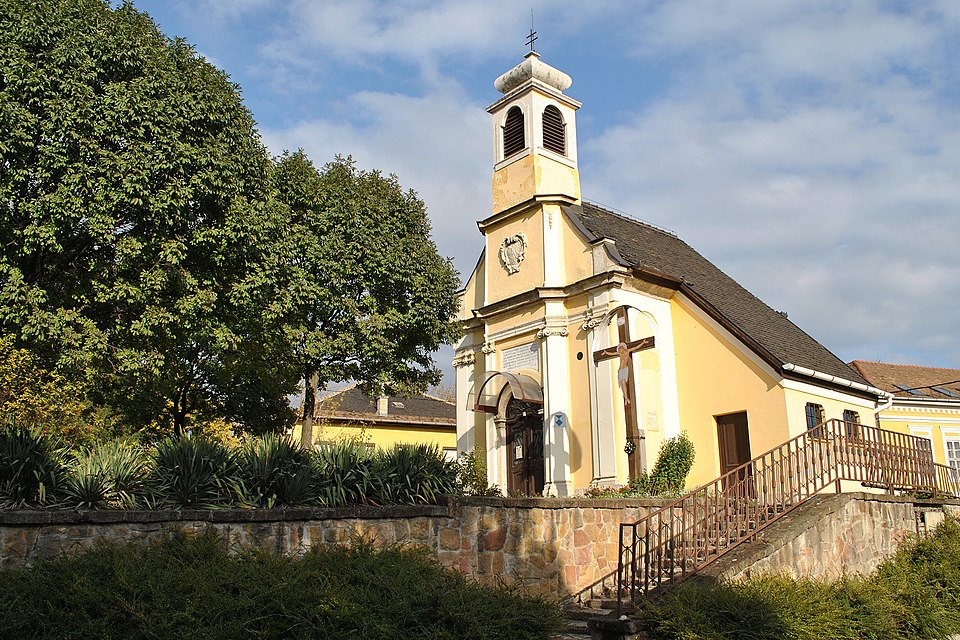

Király Bath or Király fürdő (Hungarian pronunciation: [ˈkiraːj ˈfyrdøː]) was a thermal bath that was built in Hungary between 1566-1572, …


The Aquincum Military Amphitheatre is the greater of two amphitheatres in Budapest, Hungary, the other being the Aquincum Civil Amphitheatre. …
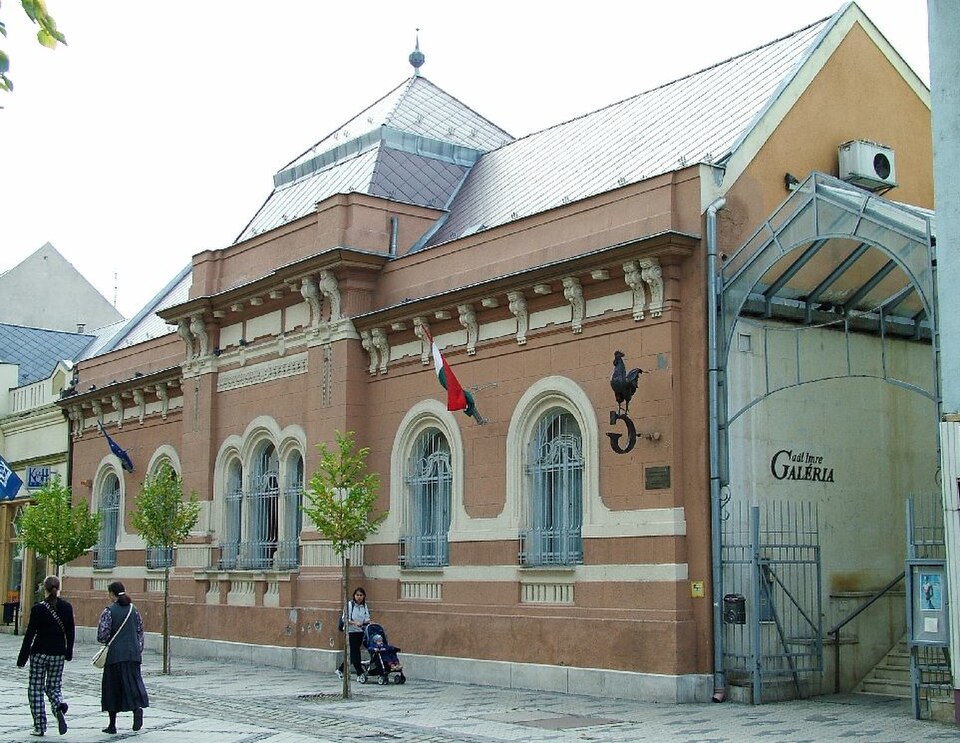

Create a personalized itinerary and unlock the finest experiences Budapest has to offer
Plan Your Trip